Latest News
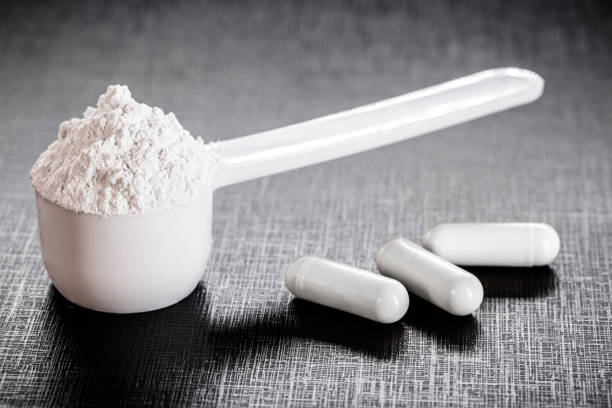 Enhancing Oil Recovery Processes with Powder Anionic Polyacrylamide
2024-03-27
Enhancing Oil Recovery Processes with Powder Anionic Polyacrylamide
2024-03-27
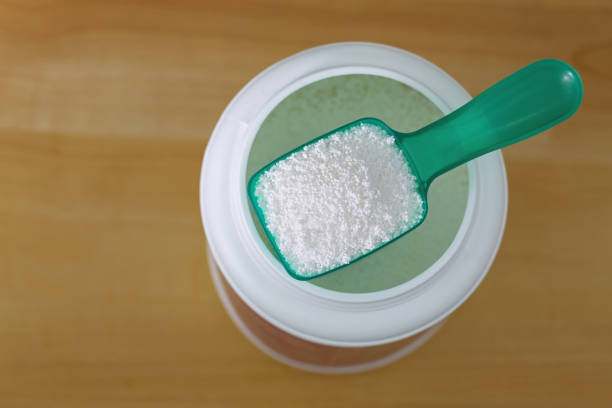 Impact of Powder Anionic Polyacrylamide in Enhancing Papermaking Processes
2024-03-25
Impact of Powder Anionic Polyacrylamide in Enhancing Papermaking Processes
2024-03-25
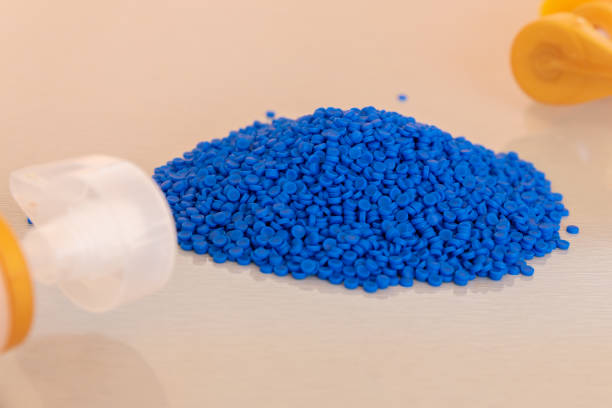 Navigating Environmental Stewardship: The Impact of Polycrylamide Emulsions
2024-03-23
Navigating Environmental Stewardship: The Impact of Polycrylamide Emulsions
2024-03-23
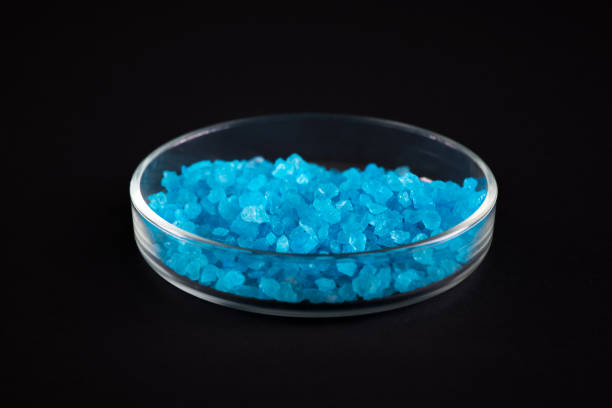 Finding the Perfect Compatibility: Polycrylamide Emulsions and Other Chemicals
2024-03-21
Finding the Perfect Compatibility: Polycrylamide Emulsions and Other Chemicals
2024-03-21
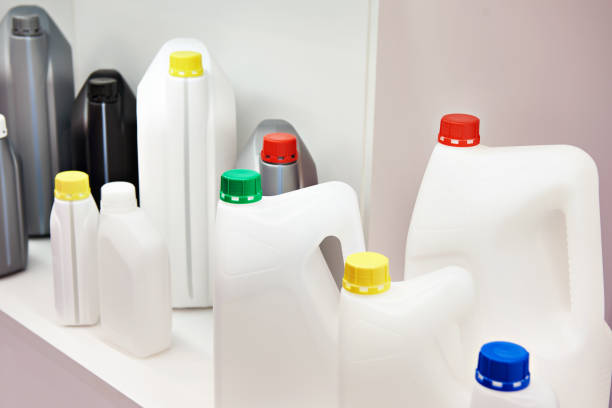 Enhancing Efficiency in Oil and Gas Drilling with Polycrylamide Emulsions
2024-03-19
Enhancing Efficiency in Oil and Gas Drilling with Polycrylamide Emulsions
2024-03-19
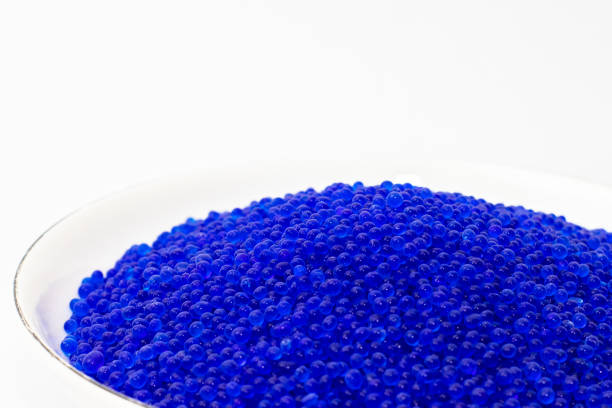 Production Process and Formulations of Polycrylamide Emulsions
2024-03-17
Production Process and Formulations of Polycrylamide Emulsions
2024-03-17
A considerable amount of information has been reported on how various polymeric additives affect drainage rate and fines retention. When used as a drainage aid, polyacrylamide can overcome slow drainage of fiber furnishes containing high-yield pulps such as stone groundwood, hardwood pulps and recycled fiber furnishes. In addition, these additives improve the drainage of high-base-weight paperboard furnishes and drainage of paper machines that are drainage limited.

